‘Cheap, light and fireproof’ came the cry of terracotta in the 19th century, making it a popular choice amongst architects who wanted architectural expression with a promise of durability.
Literally meaning “fired earth”, architectural terracotta is an ancient form of masonry that is still in use today in the form of tiles, roofing, pottery and even architectural rainscreen cladding.
Unpopular with masons when introduced as an alternative to stone, terracotta grew in popularity in the 19th century. This was due, in part, to the repetitive nature of the fabrication process – making terracotta construction much more economical than carved stone – and due to its fireproof nature. Its ability to withstand fire (and pollution) made it a popular material of choice for schools, hospitals, and other spaces requiring special hygienic conditions, whilst also being colourful and decorative.
As technology has evolved, the cladding options available to architects has widened immensely. Whilst terracotta is still a popular option due to its durability, architects are turning to metal alternatives to create a similar effect. The Optima XPC (extruded aluminium plank) cladding system, provides a faster, higher, stronger and more lightweight alternative to terracotta, stone and masonry cladding systems.
FASTER
Architectural terracotta is a natural material fired to 2100 degrees Fahrenheit over a number of days. Whilst technological advances continually improve the manufacturing process, they cannot change the basic time requirements of this ancient material. The batching, souring, forming, drying, firing, glazing, sizing, fitting and quality inspection processes take time.
The lead times for a fully finished Optima XPC rainscreen cladding solution are considerably shorter. The system typically takes between 6-8 week to manufacture. Plus, time is saved on site due to the lightweight transportable nature of the planks, which can be manufactured in longer lengths, resulting in less joints and support rails to fix on site.
HIGHER
The Optima XPC is available up to 6m long. Plus, the structural strength of the material allows spans of up to 1.2m reducing rails, brackets and fixings.
STRONGER.
The Optima XPC system has been impact tested to CWCT standards and is resistant to site knocks and drops.
XPC is solid Aluminium and therefore non-combustible, all available finishes are Class O for surface spread of flame.
In particular, the robust nature of the XPC rainscreen system makes it suitable for ground level pedestrian areas and, as such, has been used extensively on schools throughout the UK.
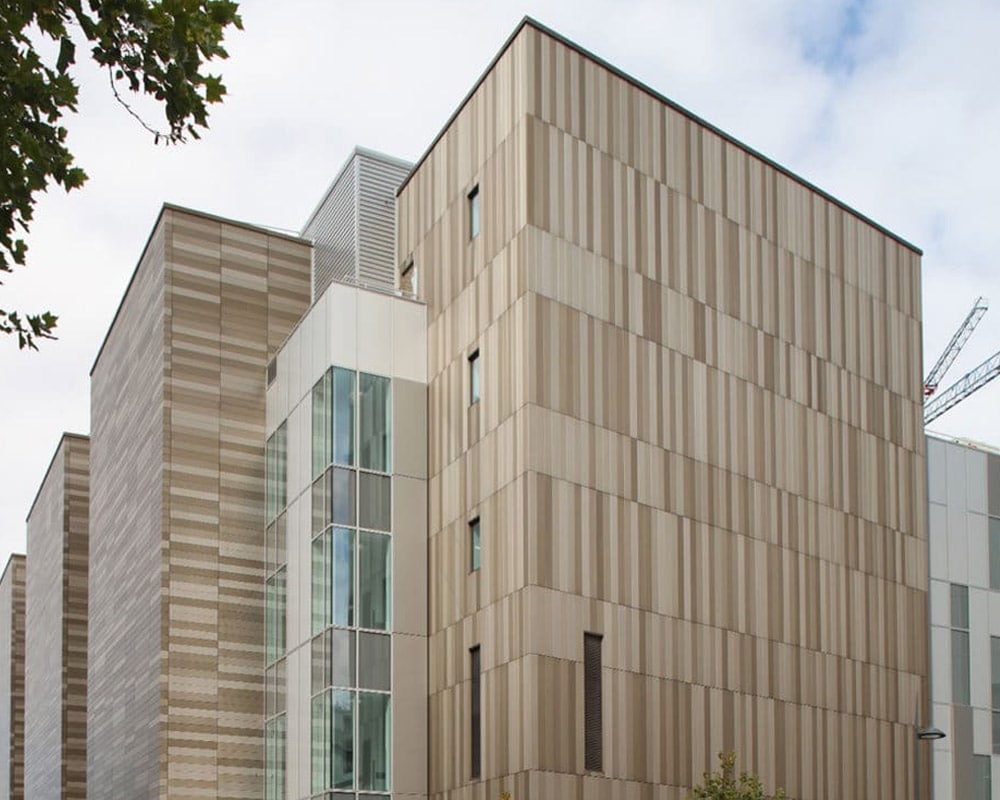
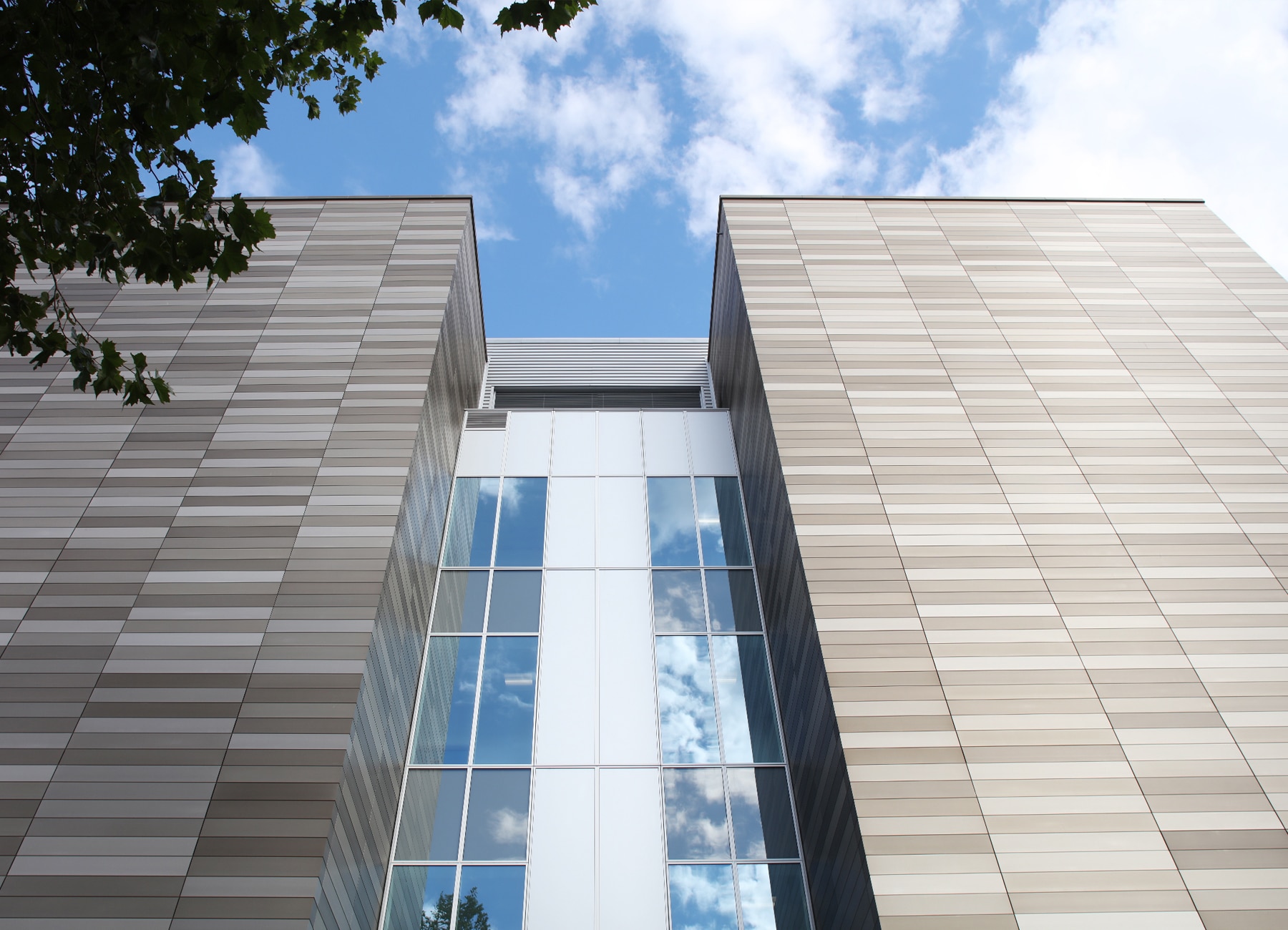 Apex Phase 2, University of Liverpool
Apex Phase 2, University of Liverpool
As seen in the University of Liverpool’s Apex project, the Optima XPC has the additional benefit of providing a complete secretly fixed extruded aluminium plank rainscreen system that has set flat face modules. Plus, due to the inherent strength of extruded aluminium, this product only needs to be 15mm thick, which makes it ideal for refurbishments where space is limited due to adjacent boundary restrictions.
In the same way that terracotta can be fired in a range of colours, the aluminium can be finished in an almost infinite number of colours. In this example, three-colour anodised finish was selected forming a traditional ‘stick-build’ façade for the facility’s large atrium, louvres and parapet copings.
LIGHTER.
With the use of aluminium, the solution is much lighter than more traditional terracotta – system weight from as little as 10kg/m2 – making XPC easier to transport, lift and handle.
Compared to traditional systems the weight savings could reduce the building frame design.
As a much lighter alternative to the weight of traditional terracotta tiling – XPC and aluminium is recommended for areas where the cladding comes into pedestrian areas, due to its strength and impact resistance.
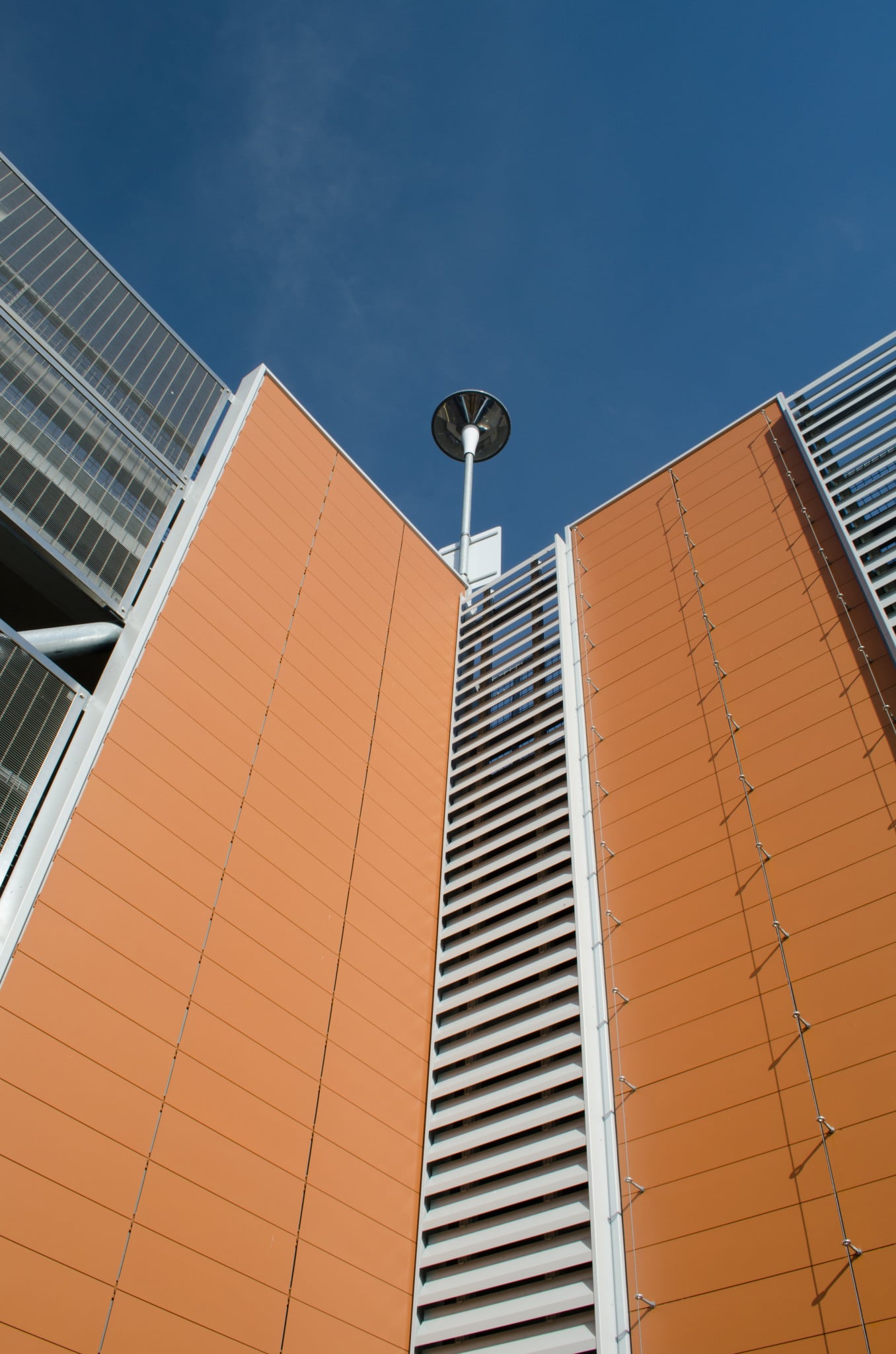
As seen in this car park in Weymouth, Optima XPC was provided in a textured PPC finish to match the roof tile’s surface and colour.
The XPC is secretly fixed onto extruded aluminium support framework horizontally, vertically or diagonally. All planks can interlock with each other. Optima XPC lends itself to use in all areas including low-level vulnerable areas through superior deflection and impact resistance. All commercial finishes may be incorporated on one elevation to create an almost limitless effect of colours and shapes.
Working with Sotech
To find out more about specifying Optima XPC in your next project contact our team today. We’d love to arrange a visit or call with you to discuss the best systems, materials and finishes for your individual project.
When you book a free consultation with one of our technical advisors we will arrange to visit you on site, discuss your design over the phone or alternatively you’re welcome to visit our factory and training facility to see our rain screen systems, materials and finishes up close and personal.
Get Started >>

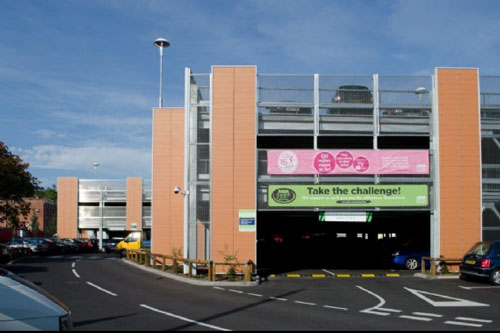
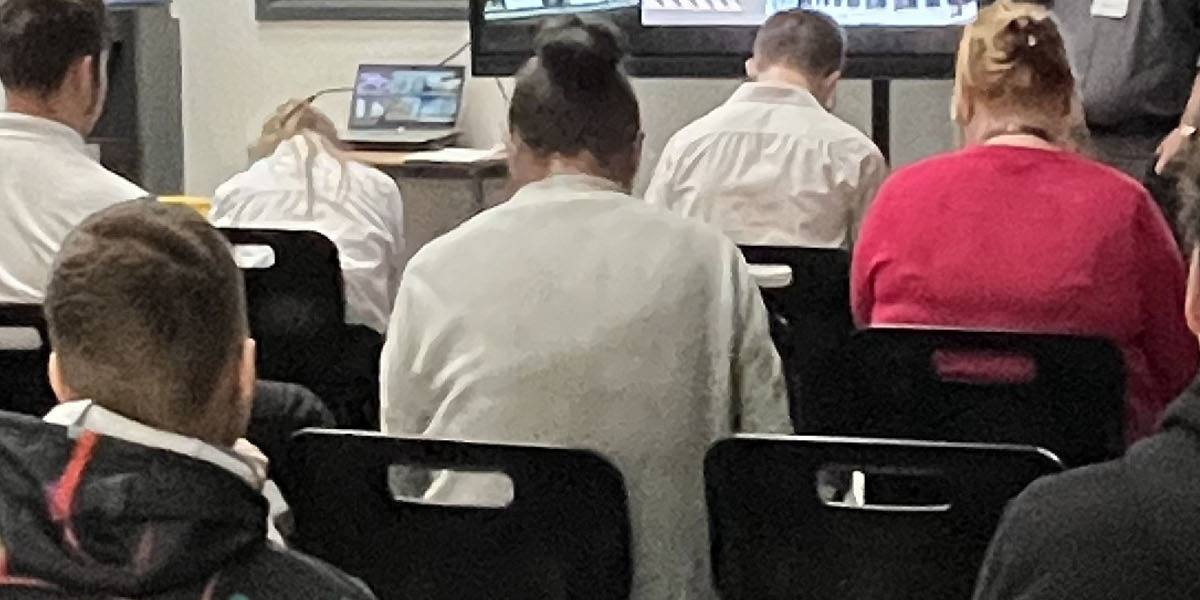
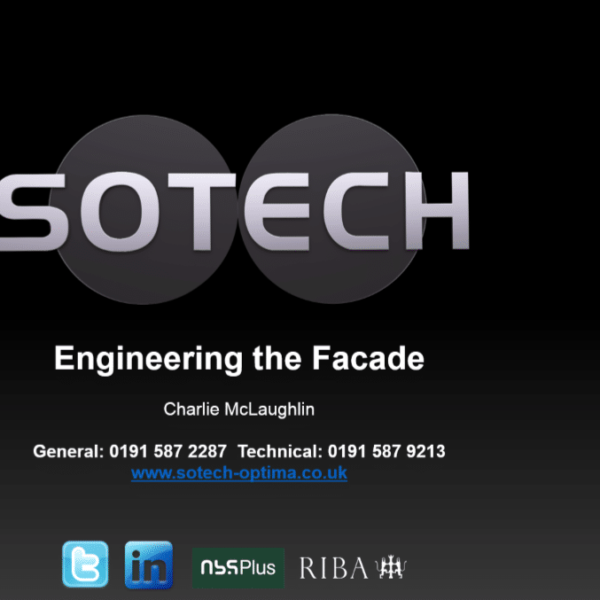
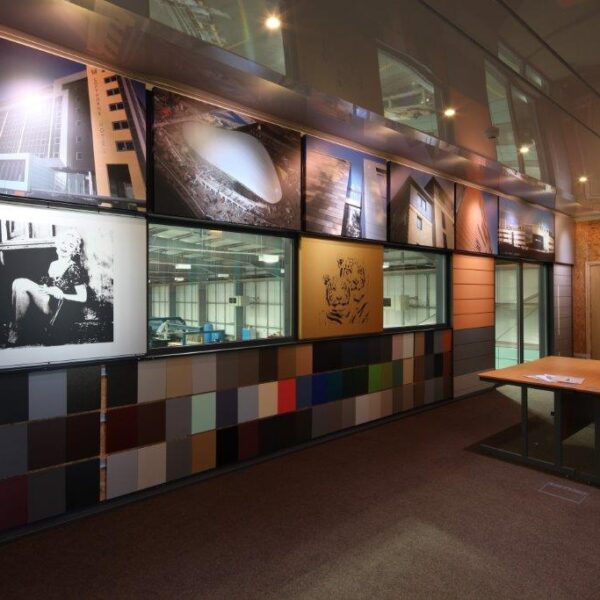
 No downloads in list yet.
No downloads in list yet.